The story of Lamborghini as a company is the stuff of legend. Ferruccio Lamborghini originally founded Lamborghini Trattori as a manufacturer and distributor of farm and light tonnage tractors, with no real intention of making road cars. However, after witnessing Enzo Ferrari running his company as a race team first, and an automobile maker second, he could not stand by and let the people buy sports cars and grand tourers that were finicky and often suffered breakdowns. The rest, as the saying goes, is history.
Nowadays, after surviving through two major economic downturns and a global oil crisis, Lamborghini cars are rated as even par to other Italian supercars. This isn’t to say, however, that there aren’t some extremely important, sometimes eminently collectible, cars that have passed through the doors of the factory at Sant’Agata Bolognese. In fact, some models are among the most collectible cars, period, not just Italian or European cars.
It is with this in mind that this list came about. We’re not looking at the overall value of the car, although it does play a factor. We’re looking at what the car meant to the company, what it means to collectors, and what about it makes it just that extra bit special over the “regular” production model Lamborghini’s.
1964 Lamborghini 350 GT
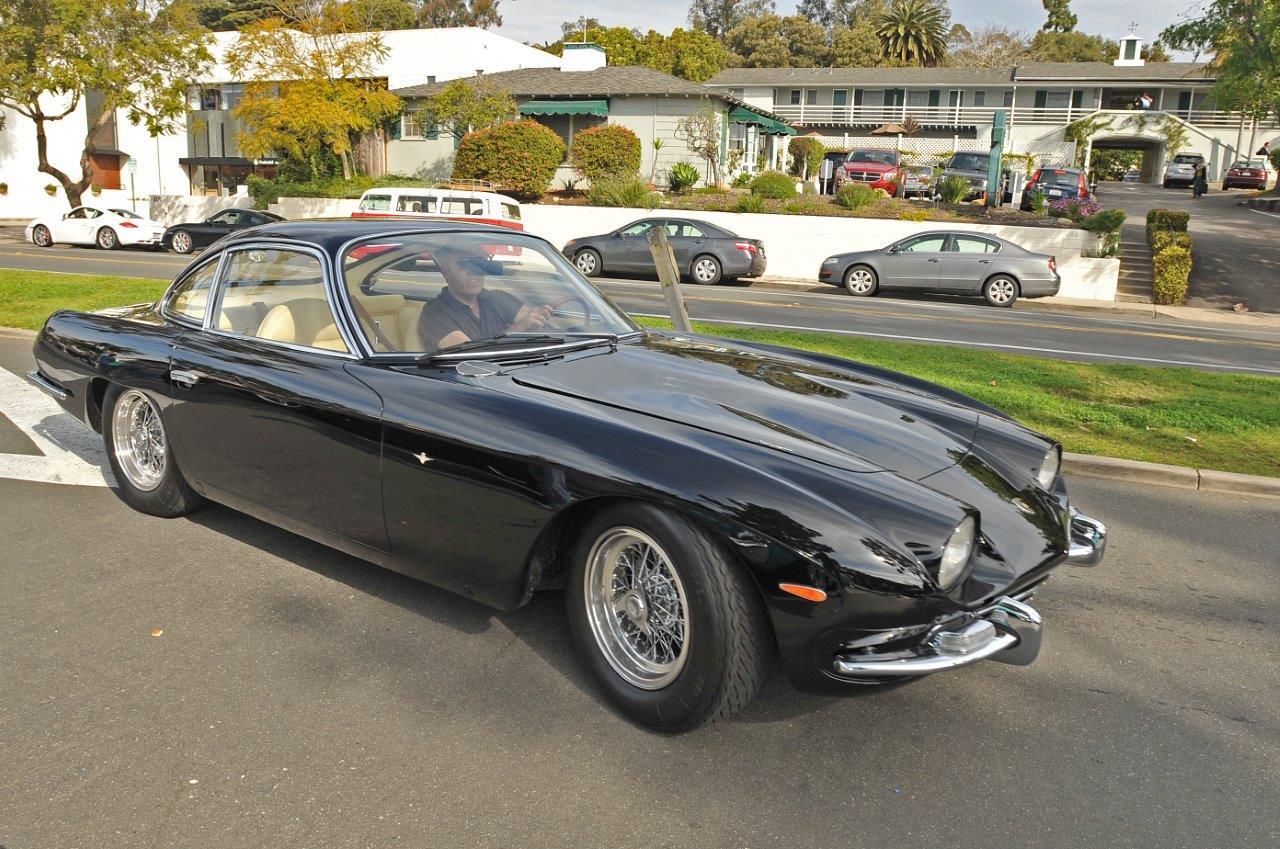
Average Price Today: $400,000+ USD
The first ever complete car made by Lamborghini after the company was founded was a prototype known as the 350 GTV, a classic berlinetta design meant to rub it in the face of the then-new Ferrari 250 GT and 250 GTO models. After a successful trial run and a redesign after the original GTV shape received mixed reviews, the Lamborghini 350 GT launched in 1964.
Like its competitor, it had a front-midship mounted V12, although it had higher displacement at 3.5 liters and, crucially, more power than the Ferrari. With 280 HP on tap, the Lamborghini also revved harder thanks to its lower stroke and side-draft carburetors, and was the first Italian V12 to use a four cam system instead of the standard single overhead cam per cylinder bank.
What makes this car eminently collectible is that only 120 were made over the course of 2.5 years. You will often find them in private collections, parked up in a temperature and humidity controlled garage, although if you are lucky, someone will drive one to a Concours d’Elegance and let the classic Lamborghini berlinetta have its time in the sun.
1968 Lamborghini Miura SVR
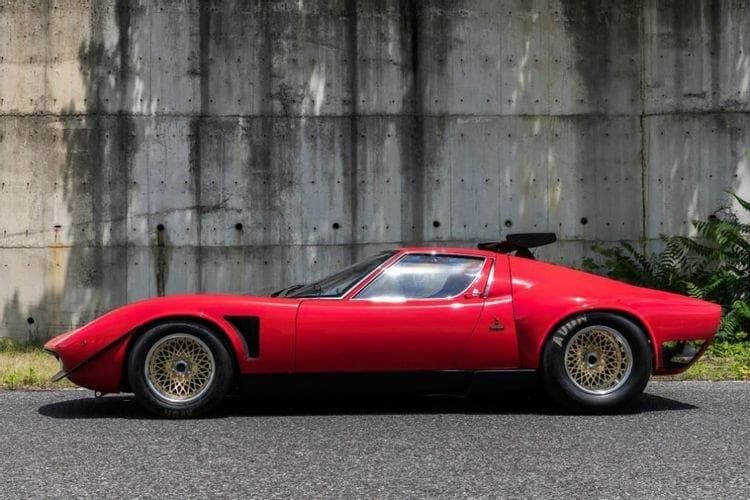
Average Price Today: Unknown
The Lamborghini Miura, launched in 1966, is a rare and highly collectible car itself. Only 763 were made between 1966 and 1972. During that time, Lamborghini’s Chief Engineer, Robert (Bob) Wallace took on an after-work passion project, and the Miura Jota P400 was built. It was a massively overhauled Miura with lowered suspension, tighter steering rack, and a hell of a lot more power. That car, sadly, was crashed by a mechanic just before being delivered to a private collector and burned to the ground.
The Miura SVR, however, was a one-off commissioned by a Japanese customer to have the same specifications as the lost Jota P400, but using a 1968 Miura S as a base car instead. It took the company 18 months of work, but in 1974, the car was delivered. At the time, it cost the equivalent of $550,000 USD, and was kept in the same collection for 40 years.
After all that time, Lamborghini themselves inspected the car and decided it needed restoration. With the collector’s permission, they took the car back to Sant’Agata Bolognese and let the full historical and restoration division, Polo Storico, bring it back to beautiful life. It has never been sold other than to the original customer, but it must be into the tens of millions as Miura S’s and the one official Miura Roadsters have recently cleared as much as $8 million USD at auction.
1981 to 1989 Lamborghini Jalpa
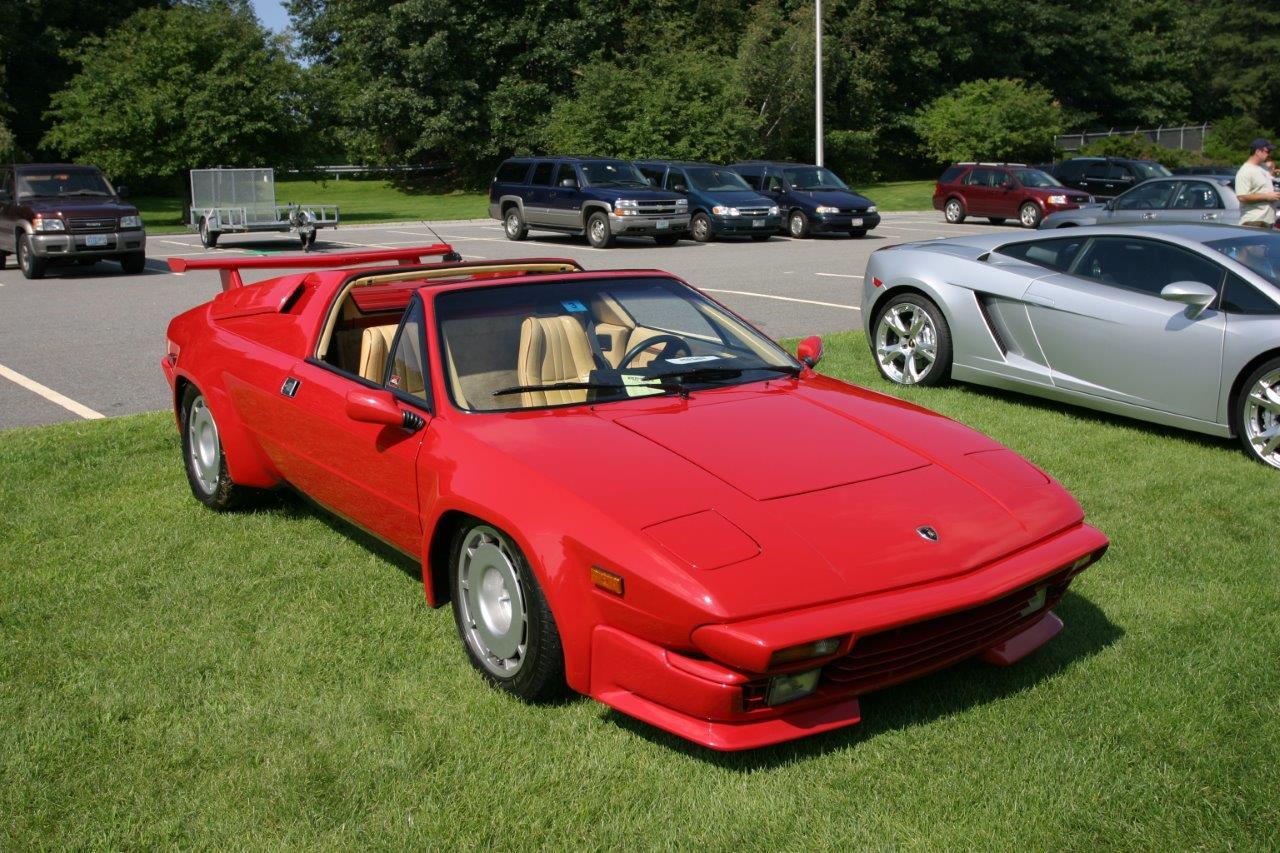
Average Price Today: $80,000 to $100,000+ USD
The Lamborghini Jalpa is one of those rare supercars that can actually be collected by the common man that knows what they’re looking for. Well, we say common, but the common man with a big surplus burning a hole in their wallet is more accurate. After the oil crisis in the 1970’s, which saw Lamborghini almost go bankrupt, there was a strategic decision to make an “affordable” Lamborghini.
The result is the Jalpa, which started at about $60,000 in 1980 dollars. It had a 3.0L latitudinally-mid-mounted V8 that produced 255 HP and 225 lb-ft of torque, and as was all the rage in the 80s, had a removable roof that could be stored in the front trunk. 410 units total were produced, and those that bought them originally were hoping that they would catch on and rise in value as most Lamborghinis did.
What happened, however, was that the Lamborghini Countach was also being produced at the same time, and as the more powerful and higher-priced model, that is the one that became the collector’s item. The Jalpa, meanwhile, did hold its value, but it never skyrocketed like buyers were expecting. Today, one can get a Jalpa in good condition, running, everyday-driveable, for a little over $100,000, and those wanting a restoration project can get one as low as $80,000.
1975 Lamborghini Countach Walter Wolf Special
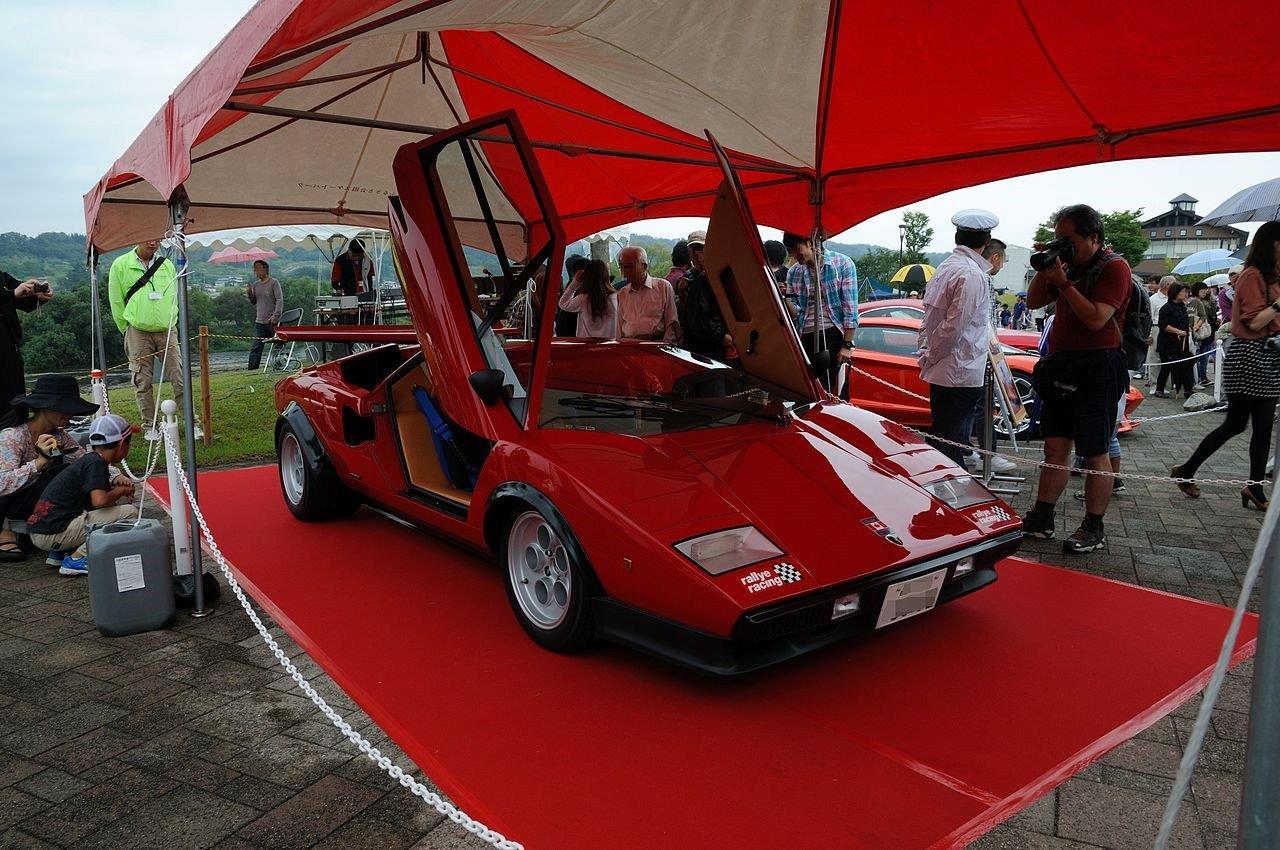
Average Price Today: Unknown (Estimated to be several million USD)
Walter Wolf is a wealthy Canadian who bought a Lamborghini Countach LP400 in early 1975, as well as being the investor and owner of two Formula 1 teams. He first became the primary investor in Frank Williams’ startup F1 team, and when Williams left to form Williams Grand Prix Engineering, he bought out the team and renamed it Walter Wolf Racing. So, this is a man that knows performance, and wants his cars to have it.
Initially disappointed by the power delivery of the Countach LP400, Wolf did something only the wealthy could do: He contacted Lamborghini and spoke with Gianpaolo Dallara, the Chief Engineer. He funded the creation of a special 5.0 liter Lamborghini V12 that was of the same specification of the LP500 Prototype, namely 447 HP at 7,900 RPM and would allow the Countach to reach a theoretical 201 MPH.
The Walter Wolf Special also had upgraded, lightweight wheels, specially designed Pirelli P7 tires, massively flared wheel arches, front air dam spoiler, and was the first Countach to have the now legendary massive rear spoiler. Three total LP400 Walter Wolf Specials were built. The first one, painted red over black/tan interior, is Walter Wolf’s own car. A Bugatti Blue over tan was built to be kept by the company as a show car that eventually made it into the Museo Ferrucio Lamborghini, and a final Dark Navy Blue over tan interior was built as the first LP400 S, premiering at the 1978 Geneva Motor Show, being driven by Walter Wolf to represent the car and Lamborghini before being sold into private hands.
2001 Lamborghini Diablo VT Mk II 6.0 SE
![]()
Average Price Today: Over $1 million USD
Pretty much any reader of LamboCars that grew up in the 1990s knows exactly what a Lamborghini Diablo is all about. After the Countach, it is the eponymous “poster car,” the one that adorned many a child and teenagers imagination throughout the last decade of the 20th century. With Lamborghini being sold to VolksWagen Group in the late 90s, who had their own designs on what a Lamborghini supercar should be, the 2001 Diablo VT Mk II 6.0 SE was commissioned as a send-off for the legendary car.
Based on the Diablo VT 6.0 that was the first redesign of the car by Audi designer Luc Donckerwolke, the VT Mk II 6.0 SE used the uprated 6.0 liter Lamborghini V12 that was developed for use in the Murcielago prototype, producing 550 HP and 457 lb-ft of torque. Only 44 cars were made, 42 of them meant for sale to special customers of the company, and only in two colors. The “Oro Elios” metallic gold color was used to represent sunrise, or start of a new century for Lamborghini, and the bronze/maroon color shifting metallic paint was named “Marrone Eklipsis,” to commemorate these cars as the last Diablo’s ever made.
They received special parts, including a magnesium intake manifold, special upholstery in the interior, special leather seats, a short-geared manual transmission for hard acceleration, enhanced carbon fiber trim, and Lamborghini-badged brake calipers under OZ Racing “phone dial” wheels.
2012 Lamborghini Sesto Elemento
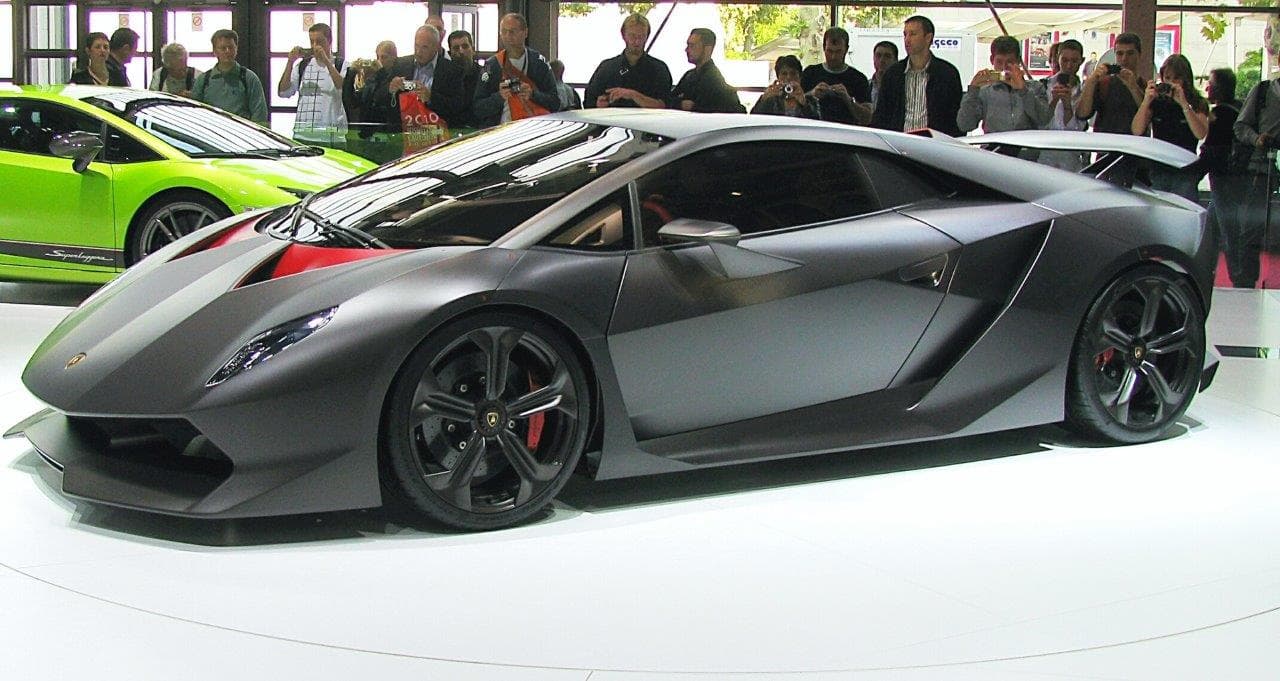
Average Price Today: $4.5+ million USD
No other car in the history of Lamborghini has ever gone quite as extreme as what the company made in 2012. Based roughly on the Lamborghini Gallardo, the Sesto Elemento is named that for a very specific reason, that being that carbon is the sixth element on the periodic table, and the car is made of pretty much nothing else. There is no dash, just a structural torsion beam across the cockpit with a little TFT display mounted on it. There are no seats either, just padding applied to the carbon fiber monocoque of the safety cell, much like a Formula car.
In fact, the car is so extreme that Lamborghini partnered with aviation giant Boeing to develop a new type of carbon-plastic that is extremely strong, super-lightweight, yet flexible, for use on the car and upcoming wing components of Boeing passenger jets. On the car, this carbon-plastic is used for the splitters and rear wing, and built to deform very slightly to increase aerodynamic downforce at high speed. The car isn’t even painted, instead using crushed crystals in the clear coat put over the naked carbon fiber to give the air extractors on the hood their red color. Even the wheels are made of pressure-formed, resin-impregnated carbon fiber, and weigh just about 15 lbs… combined.
The car uses a specially tuned version of the 5.2L Gallardo Superleggera V10, producing 565 HP through a 6-speed dual-clutch transmission mated to a high-performance, torque-vectoring all-wheel-drive system designed specifically for the car. The car is so brutally fast, and so light at 999 kg (2,202 lbs), that all 20 units were deemed as track only. As far as the rumor mill goes, only one has been converted, and even then only partially to just meet legality, for road use, but you will probably not even see one of these on the track during a track day, as they are worth North of $4.5 million USD each these days.



